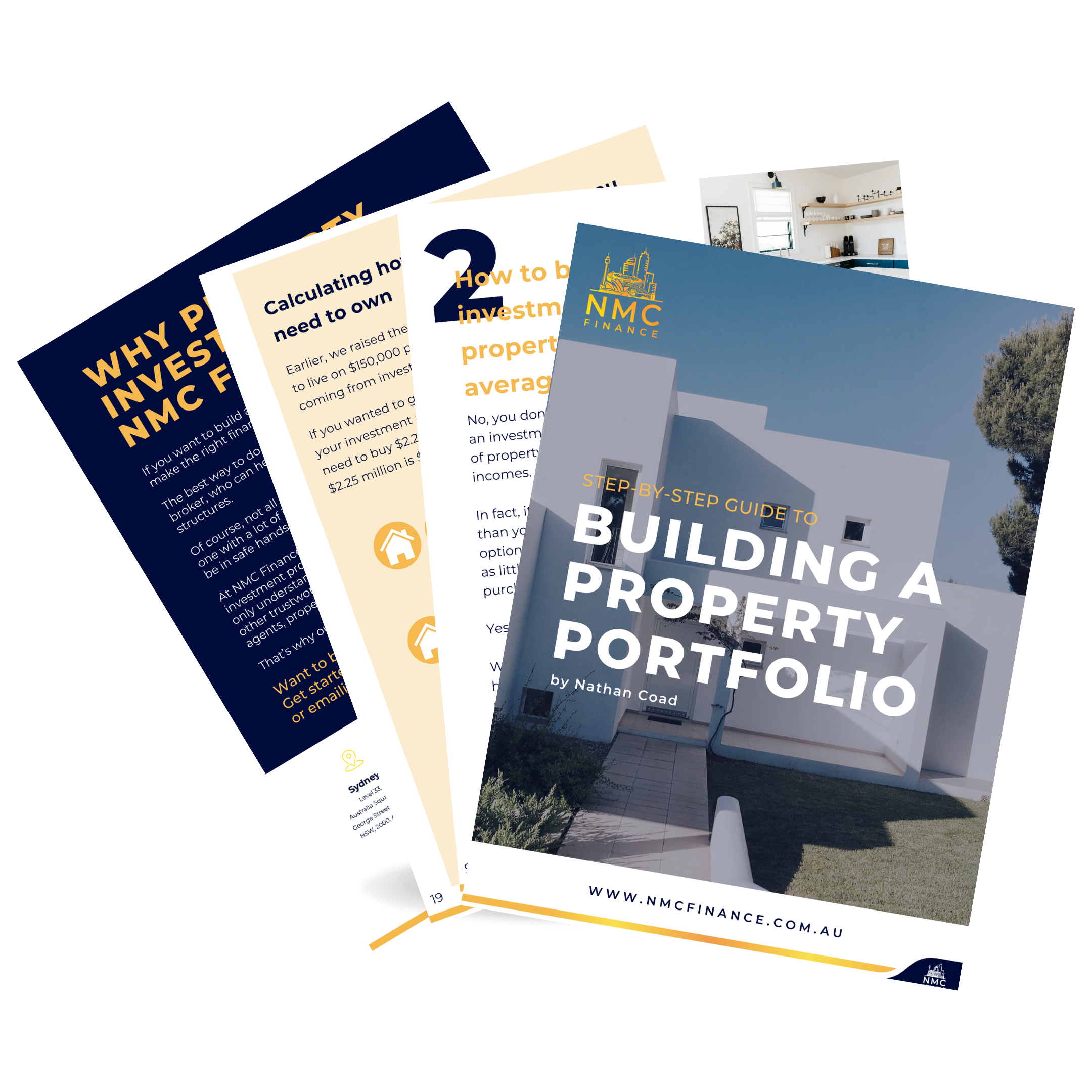As we close the chapter on 2024, it’s safe to say it’s been another fascinating year for the Australian property market.
From record-breaking price growth in some cities to a shifting rental landscape and evolving buyer activity, this year has kept homeowners, investors, and renters on their toes.
As mortgage brokers, we’ve been right there with you—navigating the twists and turns, helping clients make smart decisions, and keeping a close eye on the ever-changing landscape.
So, let’s take a moment to reflect on the year that was and peek into what 2025 might have in store.
Price growth
2024 saw property prices rise across much of the country, though growth rates slowed towards the year’s end.
According to PropTrack, Brisbane emerged as Australia’s second most expensive city, overtaking Melbourne and Canberra. With an impressive annual growth rate of 12.56%, Brisbane trailed only Sydney, which retained its top spot.
Meanwhile, markets like Perth (+18.74%) and Adelaide (+14.64%) recorded the highest annual price increases among capital cities, driven by strong local demand and tight supply.
On the flip side, Melbourne struggled, with prices dipping 1.63% over the year, reflecting weaker buyer activity and affordability challenges.
A challenging year for renters
It wasn’t just buyers navigating a changing landscape—renters also faced their share of challenges. Rental prices continued to climb in most regions, although the pace of growth slowed throughout the year.
PropTrack reported that vacancy rates started to improve slightly, offering a glimmer of hope for those seeking rental accommodation.
However, rental affordability remains a significant issue, with many households still grappling with the effects of steep rental increases in recent years.
Supply and construction constraints
One of the biggest stories of 2024 was the ongoing struggle to meet housing demand. PropTrack revealed that housing completions per capita were at their lowest levels in nearly 40 years, with just 6.3 new homes built per 1,000 people.
Rising construction costs, labour shortages, and a backlog of approvals slowed the pipeline of new housing projects, further exacerbating the country’s housing shortage.
Despite a 4.4% increase in building approvals in October, total approvals remain below the long-term average, highlighting the scale of the challenge ahead.
Looking ahead to 2025
So, what’s next for the property market? According to PropTrack, inflation is expected to decline further in 2025, paving the way for the Reserve Bank of Australia (RBA) to potentially lower interest rates. However, most experts predict rate cuts won’t occur until mid-2025.
Once rates start to fall, affordability is likely to improve, boosting confidence among buyers. Lower borrowing costs and a more favourable economic outlook could reignite price growth in the second half of the year.
What this means for you
Whether you’re planning to buy, sell, refinance, or invest, staying informed is key to navigating a dynamic property market.
* This blog is intended for general informational purposes only. For personalised advice tailored to your unique financial situation, please contact NMC Finance.

